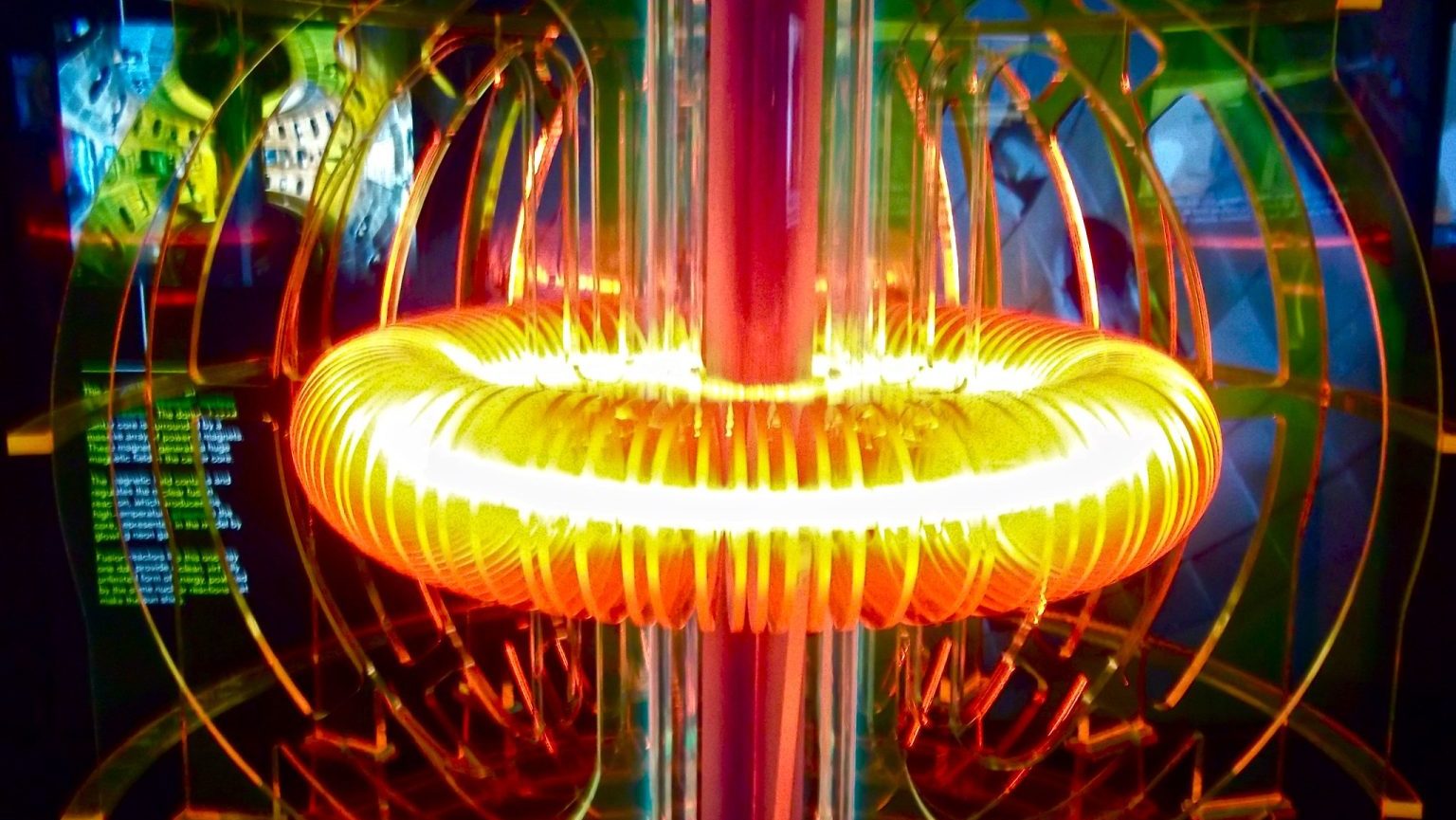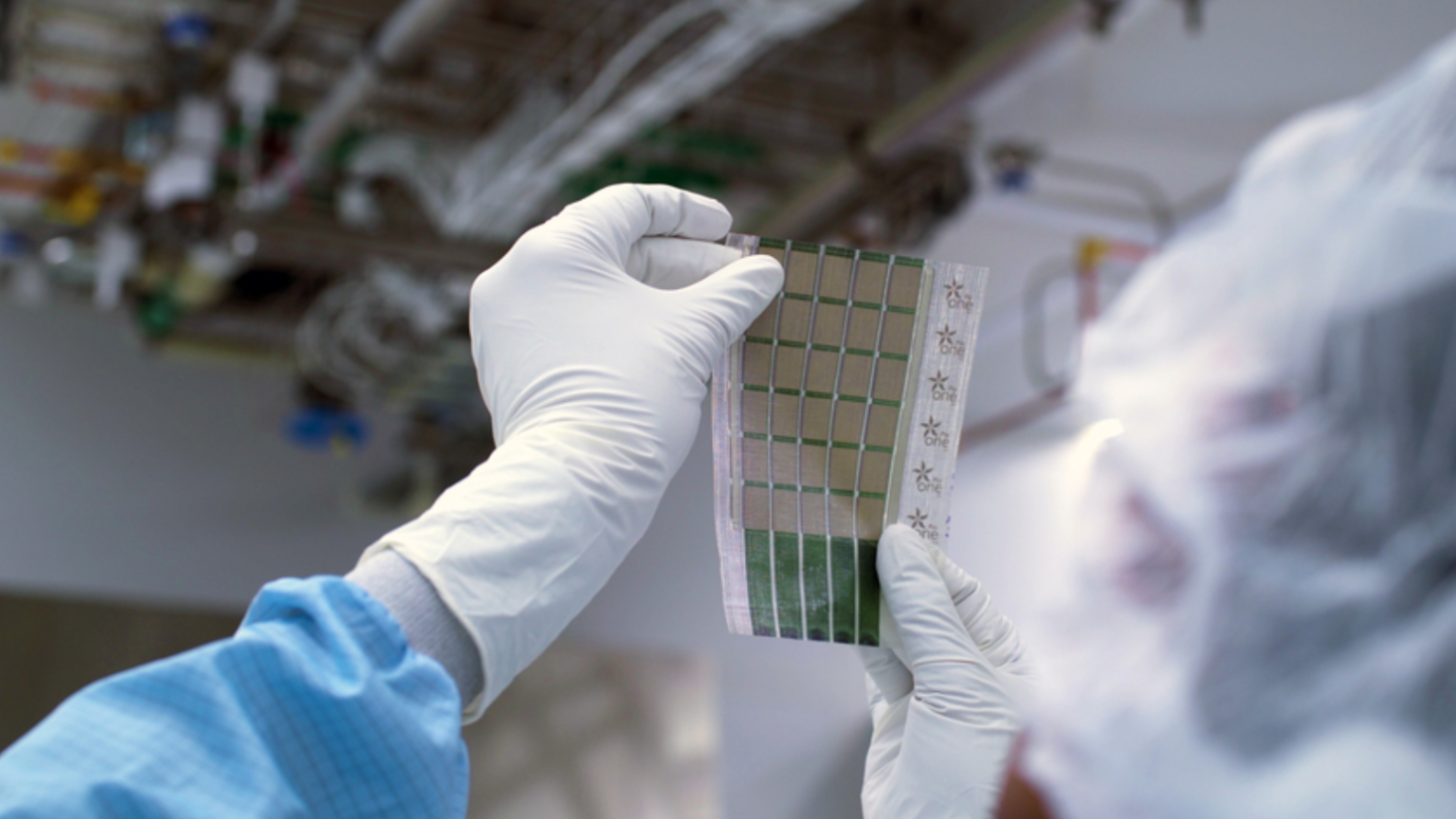A Greener Way to Make Solar Cells

What’s the Latest Development?
Solar cells don’t grow on trees. The silicon wafers used to make them must be heated to 1000 degrees Celcuis and that means consuming a lot of energy. But a new optical furnace developed in Colorado cuts the needed power in half by using light to heat the wafers. “More importantly, the new design also uses light to remove certain impurities from the silicon wafers, a step that can improve the power output of finished cells.” The new furnace allows for more control over the production process.
What’s the Big Idea?
Large amounts of heat are needed at several steps in the construction of solar cells: When introducing elements into the silicon to create electric fields within the material, to create electrical contacts, and to oxidize surfaces, which improves efficiency. The same Colorado research center is working to create a machine that could process many silicon wafers at once, rather than just one at a time. That kind of improvement will be necessary if the new optical furnaces are to compete with conventional ones, which are relatively cheap to run.
Photo credit: shutterstock.com





